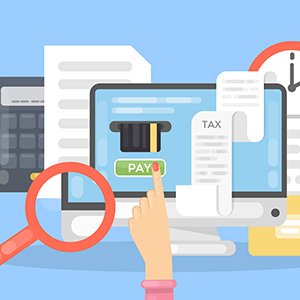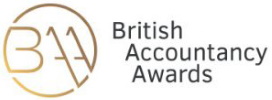Taxpayers are actively encouraged by HM Revenue & Customs (HMRC) to inform the tax authority if they realise that they did not pay the correct tax at any time in the past.
This process is known as a voluntary disclosure and will usually allow a taxpayer to settle their affairs and settle any underpayment without the imposition of significant penalties.
In the last few years, there have been many high-profile disclosure campaigns for certain sectors, but the process is available to all taxpayers should they require it.
Below we have summarised how to make a voluntary disclosure to HMRC if you are an individual or company and are not eligible for an HMRC campaign.
How to make a disclosure
To make a voluntary disclosure, an individual or company can use the Digital Disclosure Service (DDS) to update HMRC that the correct amount of income tax, Capital Gains Tax (CGT), National Insurance (NI) contributions or Corporation Tax has not been declared.
How to notify and disclose to HMRC
As soon as you know you owe tax, you must tell HMRC that you intend to make a disclosure. At this stage, you do not need to give any details of the undisclosed income or the tax you believe you owe.
Individuals and companies can notify HMRC by completing the DDS form. Afterwards, HMRC will provide you with your unique Disclosure Reference Number (DRN) and Payment Reference Number (PRN) to use when paying what you owe.
You must disclose and pay within 90 days of the date that HMRC acknowledges your notification.
Prepare your disclosure
Once you have calculated the income you need to disclose, you will need to work out how much tax you owe on that income. The rates of Income Tax you’ll pay depend on how much income you earn above your Personal Allowance.
Please note, you do not need to include any income in your disclosure that you have already declared because tax should already have been paid on this income.
The number of years that you need to disclose depends on how the error occurred, as well as when you should have told HMRC about getting this income or gain.
As part of your disclosure, you will make an offer to pay your outstanding liabilities. The offer, together with HMRC’s acceptance letter will create a legally binding contract between you and HMRC.
Pay HMRC
You should send your payment at the same time as you send your disclosure; at this point, you will need your PRN to complete the transaction.
HMRC should receive it no later than the 90-day deadline given on your notification acknowledgement letter.
After HMRC gets your disclosure
If HMRC is satisfied that you have made a full disclosure, they will accept and send you an acknowledgement within two weeks.
If they cannot accept the disclosure, they will contact you and if HMRC finds that a disclosure is largely wrong they will seek much higher penalties.
















